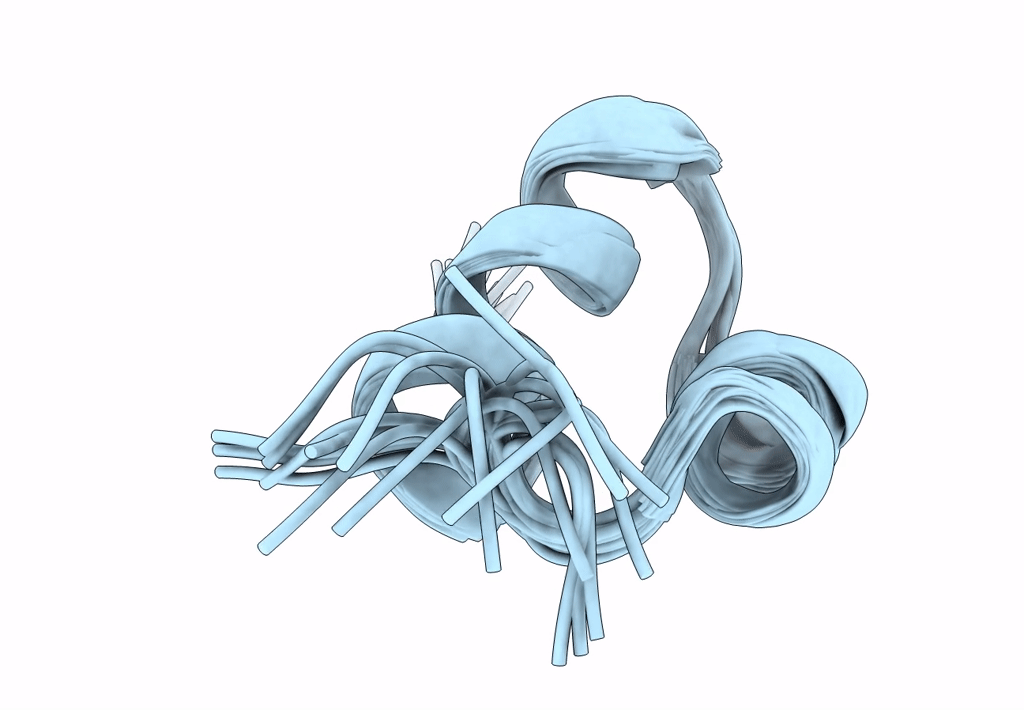
Deposition Date
2012-01-17
Release Date
2012-03-14
Last Version Date
2024-11-20
Method Details:
Experimental Method:
Conformers Calculated:
200
Conformers Submitted:
20
Selection Criteria:
20 structures for lowest energy and no violations


